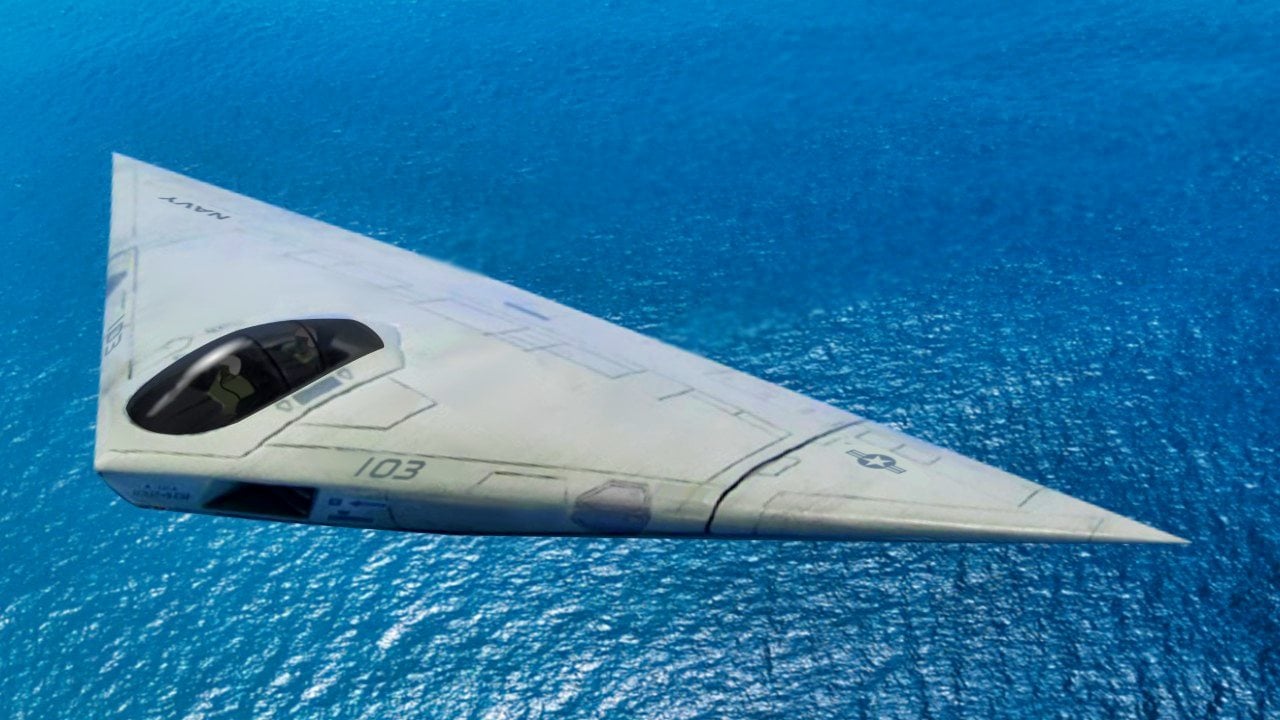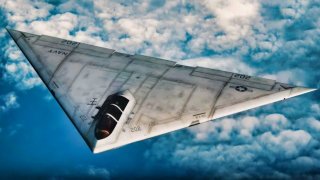The U.S. Air Force's A-12 Avenger II Stealth Bomber Nightmare
The A-12 Avenger II, once envisioned as the U.S. Navy's premier carrier-based stealth bomber, ultimately became a symbol of procurement failure due to excessive cost overruns, technical difficulties, and strategic misalignments.
Summary: The A-12 Avenger II, once envisioned as the U.S. Navy's premier carrier-based stealth bomber, ultimately became a symbol of procurement failure due to excessive cost overruns, technical difficulties, and strategic misalignments.
-Dubbed the "flying Dorito" for its distinctive shape, the A-12 was intended to replace the heavier-lifting Intruder but struggled to fulfill its designed role, blending bomber capabilities with air-to-air combat potential in a confusing amalgam.
-Despite its promise and the initial interest from multiple military branches, the A-12 was cancelled in 1991 by Secretary of Defense Dick Cheney, consuming vast financial resources without achieving operational status. This cancellation sparked significant legal battles and served as a cautionary tale within the U.S. defense acquisition community, indirectly paving the way for later projects like the F-35 Lightning II, which learned from the A-12's ambitious but flawed execution.
The A-12 Avenger II: A Promising Stealth Bomber's Rise and Fall
The A-12 Avenger II, named after the United States Navy’s workhorse plane from the Second World War, was to be the Navy’s next carrier-based bomber.
Designed with next-generation stealth capabilities in mind, such as building these triangular birds out of expensive composite materials, the “flying Dorito” never lived up to its promise.

In 1991, then-Secretary of Defense Dick Cheney canceled the program after it experienced countless cost overruns and an assortment of technical problems.
The A-12 Avenger II was such a promising system when it was first proposed and designed in the 1980s, that the Marine Corps had ordered a large number of these birds. In fact, despite the A-12 Avenger II being a Navy project, the Air Force investigated the possibility of purchasing a tranche of these birds for their next-generation bomber.
But it wasn’t meant to be.
The A-12 went from being the wave of the future to being a cautionary tale of government waste, inefficient acquisitions systems, misunderstanding the strategic environment, and politics.
Bloody, bloody politics. As always.
Had the A-12 gone forward as planned, it is likely that it would have consumed up to 70 percent of the US Navy’s budget in just three years!
Which is It, A Bomber or a Fighter?
It was a bomber yet it could barely carry 5,000 pounds of ordnance. The Navy’s Intruder, which was the bird that the A-12 was intended to replace, could carry up to 18,000 pounds.
Plus, despite it being designed as a bomber, the “flying Dorito” was designed with internal missile bays. The missiles that would be transported in her underside were meant for air-to-air combat.
The A-12 could reach up to 580 miles per hour with a strike range of around 500 miles.
But its design and expense made the chances that this bird would ever fly for the Navy very low. Yes, it was designed with shorter wingspans so these birds could be lined up inside the cramped hangar of an aircraft carrier.
It’s just that it could not deliver what it said it could. Occupying an odd place between an air-superiority fighter and a conventional bomber, the A-12 was the redheaded stepchild of the Navy.
The Connective Tissue in America's Stealth Platforms
Still, it’s development was important as it served as the connective tissue between the Air Force’s F-117A stealth bomber and the eventual fifth-generation warplane that has been adopted by the Navy, Air Force, and Marines, the F-35 Lightning II.
As one publication put it, the “A-12 walked so the F-35 could fly.” And it’s true. Without all the sacrifice and inefficiency that came to define the A-12 program, the F-35 would have never gotten off the ground. At least not for the Navy.
But the A-12 was the wrong bird for the wrong war. After years of failing to produce anything useful, let alone serve as a viable replacement for the Navy’s Intruder bomber, the project was canceled.
It became the largest cancelation in history and triggered a massive lawsuit that ripped at the very fabric of America’s defense-industrial complex.
About the Author
Brandon J. Weichert, a National Interest national security analyst, is a former Congressional staffer and geopolitical analyst who is a contributor at The Washington Times, the Asia Times, and The-Pipeline. He is the author of Winning Space: How America Remains a Superpower, Biohacked: China’s Race to Control Life, and The Shadow War: Iran’s Quest for Supremacy. His next book, A Disaster of Our Own Making: How the West Lost Ukraine, is due October 22 from Encounter Books. Weichert can be followed via Twitter @WeTheBrandon.
All images are Creative Commons.


